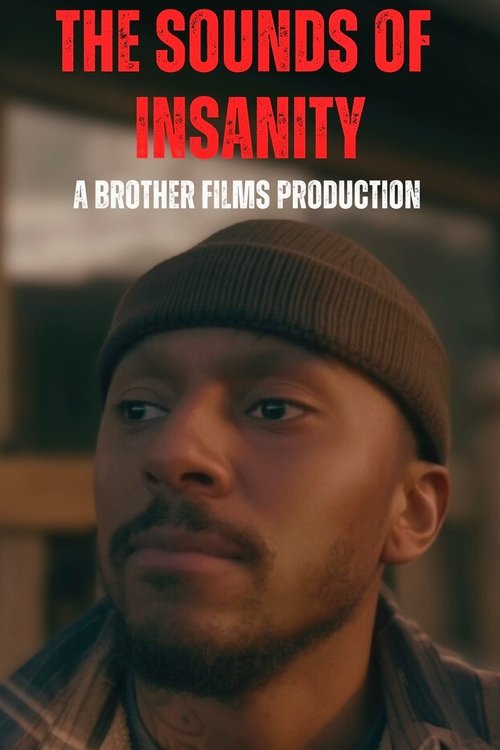The Sounds Of Insanity

Plot
The Sounds of Insanity delves into the dark and turbulent journey of Brian, a determined but troubled individual who finds himself struggling to cope with the mundane demands of everyday life. As the days blend together in an endless blur, Brian's mental state begins to deteriorate. What was once a fragile balance tips precariously, and he finds himself on the cusp of a catastrophic mental breakdown. The film's narrative is deeply personal, painting a vivid portrait of Brian's inner turmoil as he grapples with the pressures of modern life. The camera work is intentionally raw and unflinching, putting the audience in Brian's shoes as he navigates the complexities of his own mind. The result is a cinematic experience that is as uncomfortable as it is captivating. As Brian's anxiety reaches a boiling point, he becomes increasingly withdrawn, struggling to connect with those around him. His relationships with loved ones begin to fray, and he finds himself isolated in a world that seems designed to suffocate him. His workplace, once a source of stability and purpose, now feels like a trap, forcing him to confront the existential dread that has been gnawing at him for months. One of the most striking aspects of The Sounds of Insanity is its refusal to offer easy solutions or tidy resolutions. The film recognizes that mental health struggles are rarely linear or straightforward, and that the journey towards healing is often a labyrinthine and unpredictable one. Rather than providing a neat catharsis or a triumphant finale, the movie plunges headfirst into the messy, unglamorous realities of Brian's mental meltdown. As Brian's grip on reality begins to slip, he starts to experience strange and disorienting visions that blur the lines between reality and fantasy. These hallucinations – shot in a dreamlike, disjointed style – are a potent metaphor for the inner chaos that is raging within Brian. The audience is left to piece together the fragmented narrative, echoing the disorienting sense of confusion that Brian himself feels. Throughout the film, Brian's thoughts and emotions are conveyed through a symphony of imagery and sounds, creating a disorienting sensory experience that perfectly captures the destabilized state of his mind. The cacophony of thoughts, memories, and emotions that swirl within Brian is a constant reminder that his mental breakdown is not simply a personal crisis, but a deeply symbolic expression of the societal pressures and expectations that govern his life. Despite the bleakness of its subject matter, The Sounds of Insanity is a film that ultimately exudes a sense of hope and resilience. Brian's journey may be marked by dark moments, but his determination to hold on to his sanity is a testament to the human spirit's capacity for survival and redemption. As he reaches the breaking point, Brian finds a fleeting moment of clarity, and with it, a glimmer of hope that things might, just might, get better. In the end, The Sounds of Insanity is a film that lingers long after the credits roll, haunting the audience with the ghosts of Brian's mental turmoil. Its message is both timely and timeless, acknowledging the universal struggle to find balance and meaning in a world that often seems stacked against us. As a visceral and thought-provoking cinematic experience, The Sounds of Insanity is a profound exploration of the fragility and resilience of the human psyche.
Reviews
Recommendations



